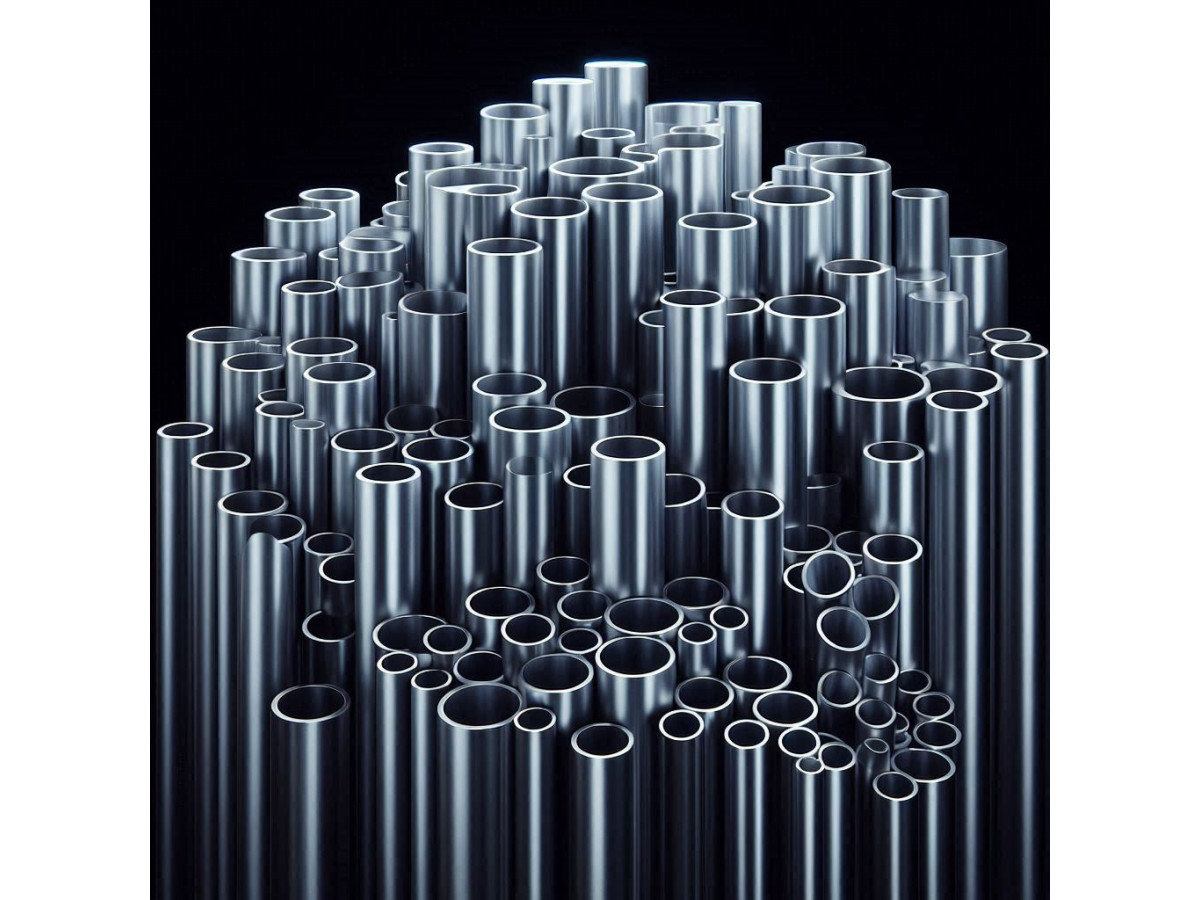A seamless stainless steel pipe is a cylindrical product obtained from a single piece by rolling or drawing. The absence of welds provides it with impeccable uniformity of structure and mechanical properties. Stainless steels used for the production of such rolled metal are alloyed with chromium and other elements, so they are distinguished by high corrosion resistance and heat resistance.
Types of products
Seamless stainless steel pipes are high-quality rolled metal products, characterized by strength, corrosion resistance and durability. Their unique properties are due to the absence of welds and the alloying of steel with special elements.
Depending on the composition of the steel and the production method, such pipe products vary in their characteristics and are used in a wide variety of industries. For example, pipes made from austenitic steels, such as AISI 304 and 316, have increased ductility and corrosion resistance, making them indispensable in the food industry and the production of medical equipment. Ferritic steels, such as AISI 430, are characterized by magnetic properties and are used in construction and the production of household appliances.
Flexibility allows the wire to be shaped into various shapes, which expands its range of applications. The product can withstand a wide temperature range. Durability and minimal maintenance costs make galvanized wire a cost-effective solution. Duplex metals combine the characteristics of austenitic and ferritic types, they have great strength and resistance to rust, and are used in shipbuilding and the oil and gas industry.
The choice of a specific type of pipe depends on the operating conditions: aggressiveness of the environment, temperature, mechanical loads. For example, for pipelines transporting aggressive media, pipes made of steels with a high content of alloying elements, such as molybdenum and nickel, are used.
Production method and features
The production method significantly affects the properties and characteristics of the finished product.
- Hot-deformed pipes. A stainless steel billet is heated to a high temperature, which gives the metal plasticity, then it is passed through special rolls that will give the pipe the desired shape and size. The advantages of such rolled products include increased strength, strength and reliability of the seam, the ability to produce large-diameter pipes and lower production costs. Less accurate dimensions and rough surfaces compared to cold-formed pipes, as well as limited ability to produce pipes with small diameters and thin walls are disadvantages.
- Cold-deformed pipes. A stainless steel workpiece, pre-treated by hot deformation, is subjected to cold rolling or drawing. This process produces products with great dimensional accuracy and a smooth surface. Increased mechanical properties and good machinability are a plus. But the higher cost of production and restrictions on diameter and wall thickness are a minus.
If maximum strength and a long pipe length are required, then it is better to choose a hot-deformed type. When increased dimensional accuracy, smooth surface and good machinability are required, it is better to choose a cold-formed product.
Areas of use and benefits
The ability to withstand the effects of aggressive environments, including acids, alkalis and salt water, makes this rolled metal suitable for use in conditions of high humidity or in contact with chemicals. Due to their structure and composition, seamless pipes have better strength and are able to withstand increased loads, therefore they are distinguished by a long service life.
The smooth surface and absence of pores make the pipes safe for use in the food industry and medicine. Many grades of stainless steel can withstand high temperatures without losing their properties. The ability to deform without destruction allows you to create products of complex shapes. Stainless steel has an attractive silver color, which is why it is often used in design and architecture.
The production of equipment for food processing and storage is also not complete without seamless metal pipes. They are ordered to create load-bearing structures, fences, pipelines for heating, water supply and sewerage systems. They are used to make pipelines for transporting acids, alkalis, salts and other aggressive substances.

